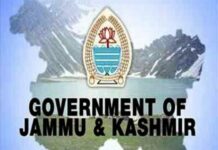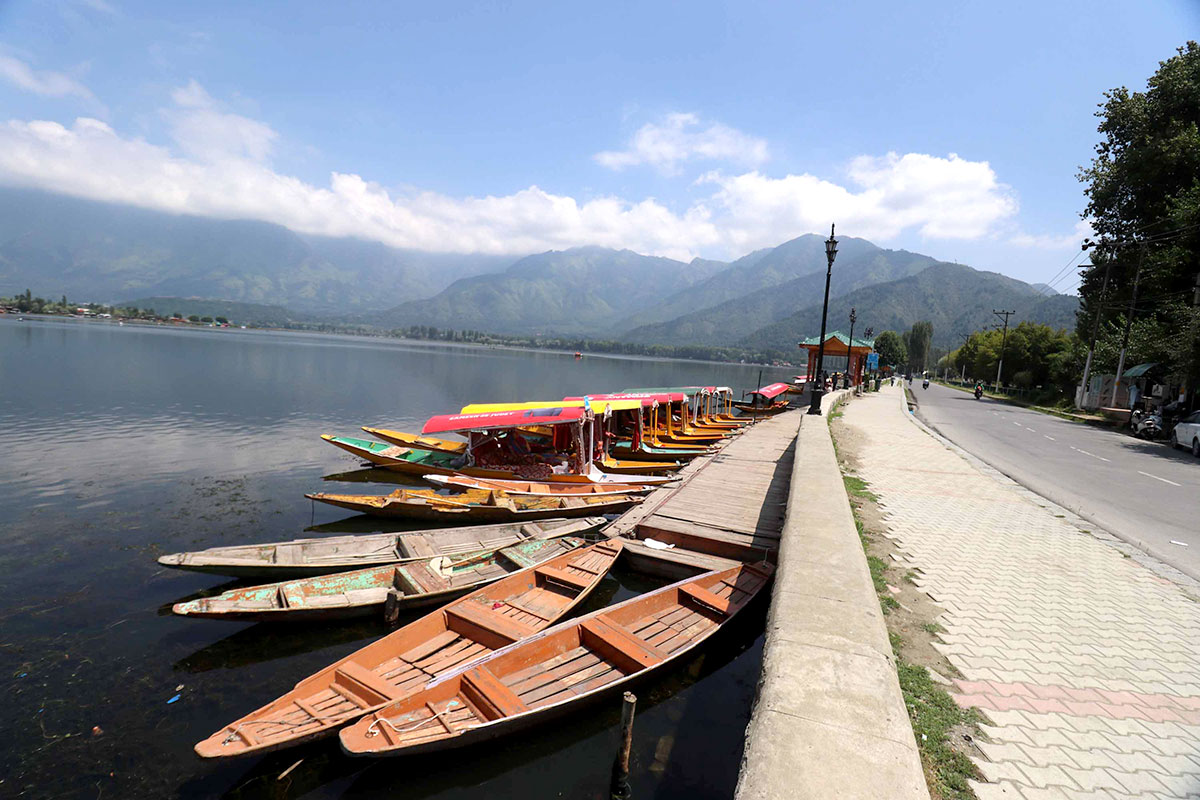SRINAGAR: The Union Territory of Jammu & Kashmir has declared all its 6650 villages across 285 blocks in 20 Districts as ODF Plus Model during the ‘Swachhata Hi Seva’ Campaign. This milestone signifies a commitment to managing greywater and solid waste alongside promoting sanitation, surpassing the mere construction of toilets.
The journey to achieve ODF Plus Model status involved planning and collaboration among stakeholders. Village Sanitation Saturation Plans (VSSP) were developed for each village, ensuring the necessary infrastructure for solid and liquid waste management (SLWM). Greywater management was addressed through the construction of individual and community soak pits, benefiting 4,83,404 households. Biodegradable waste was managed through compost pits, with 1,77,442 individual and 12,621 community compost pits established under government initiatives and MGNREGA.
Efforts also extended to waste collection and segregation, with 6509 collection and segregation sheds erected. The construction of 5523 Community Sanitary Complexes and 17,46,619 Individual Household toilets further contributed to the progress in J&K.
The GOBARdhan initiative, focusing on converting animal dung and kitchen waste into biogas and bio slurry, has yielded positive results with 20 projects either functional or nearing completion. Door-to-door waste collection has been initiated, involving local communities, youth clubs, NGOs, and expert agencies. User charges are being collected to ensure sustainability and generate revenue for panchayats from waste disposal.
To address plastic waste, Plastic Waste Management Units (PWMU) are being established in each block. These units will clean, shred, and bail plastic waste for proper disposal, completing the waste management cycle.
To ensure transparency, villages are required to upload visual and video documentation of their ODF Plus status on a dedicated portal, IMIS portal of SBM-G, facilitating the declaration of J&K as ODF Plus Model.
Capacity-building programs have been conducted across 285 blocks in 20 districts, involving officers, village-level workers, elected representatives, and swachhagrahis. These programs aim to sustain the mission’s goals professionally.
The campaign focuses on Information, Education, and Communication (IEC) through various initiatives, including Swachata Karwan, Swachhata Karwaan 2.0, Swachhata Internship, Swachh Yodha Pratiyogita, Swachhaton, Swachhata Bulletin, and Swachhata Quiz. The role of PRIs in motivating community participation and recognition of exceptional work by elected representatives has been pivotal.
Phase II of the Swachh Bharat Mission Grameen saw innovative campaigns like “Pink Toilets,” “Zero Landfill Shri Amarnath Ji Yatras,” “Give Polythene Get Gold campaign,” and “pink societies” to promote holistic development.
In a bid to combat sanitation challenges, Captain Bana Singh, a Param Vir Chakra recipient, was nominated as the ambassador for the “War Against Waste” initiative in Jammu & Kashmir.
A new addition, the ‘Swachhata Bulletin,’ aims to monitor and share daily updates on IEC activities conducted by districts under SHS 2023, fostering community engagement and program evaluation.
Sustaining the achieved status of ODF Plus Model remains a challenge. This calls for continued investment in infrastructure, behavioral change, community involvement, financial sustainability, and technology integration. Engaging women’s self-help groups and leveraging technology will be instrumental in ensuring a cleaner, healthier, and more sustainable future for J&K.















